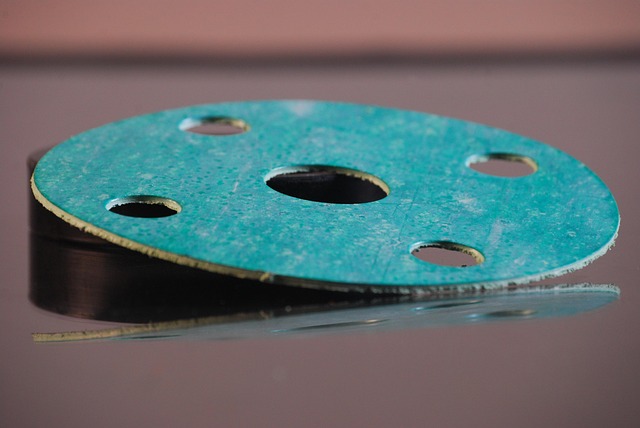Peoria's industrial history has left a legacy of asbestos in older buildings and local industry sites, posing significant health risks from prolonged exposure. Mesothelioma, asbestosis, and other asbestos-related diseases have long latency periods, emphasizing the importance of regular medical check-ups for residents, especially those with construction backgrounds. Prevention involves identifying asbestos through building inspections and professional testing kits, followed by encapsulation or removal by licensed professionals. Post-remediation testing ensures safety for Peoria residents aiming to minimize asbestos exposure risks.
In Peoria, asbestos exposure has left an indelible mark on both its history and the health of its residents. This insidious material was once widely used due to its fire-resistant properties, infiltrating buildings from schools to factories. Understanding the historical perspective and sources of asbestos in Peoria is crucial for addressing its lingering dangers. This article delves into the health risks associated with exposure, offers prevention strategies, and explores testing and remediation methods specific to Peoria. By examining these aspects, we can ensure a safer future by mitigating the impacts of Peoria’s asbestos legacy.
- Asbestos in Peoria: Historical Perspective and Sources
- Health Risks and Effects of Asbestos Exposure
- Addressing Asbestos Concerns: Prevention, Testing, and Remediation in Peoria
Asbestos in Peoria: Historical Perspective and Sources

In the historical context of Peoria, asbestos exposure has been a significant concern for several decades. The town’s industrial heritage, particularly in manufacturing and construction, has left behind remnants of this hazardous material. Asbestos was widely used in various applications due to its exceptional insulation properties and durability. From building materials like insulation, roofing shingles, and floor tiles to automotive parts, asbestos was embedded in the fabric of Peoria’s development.
The sources of asbestos exposure in Peoria are diverse. Historically, local industries such as power plants, factories, and construction sites were major contributors. Older buildings throughout the city may still contain asbestos-laden materials, posing risks to residents and workers. Even today, careful consideration and professional assessment are essential when remodeling or renovating structures built before asbestos was regulated, ensuring the safety of Peoria’s current and future inhabitants.
Health Risks and Effects of Asbestos Exposure

Asbestos exposure can have severe health risks and effects, especially in Peoria where historical industrial activities have left a trace of this hazardous material. Prolonged or intense contact with asbestos fibers can lead to a range of issues. The primary concern is mesothelioma, a rare but aggressive form of lung cancer often linked to asbestos inhalation. This disease is known for its delayed onset, as symptoms may not appear until several decades after exposure.
Other health complications include asbestosis, a scarring of the lungs that can cause breathing difficulties and heart problems. Asbestos-related diseases are generally incurable, making early detection crucial. Residents of Peoria, especially those in older buildings or with a history of construction work, should be vigilant about potential asbestos exposure. Regular medical check-ups and awareness of symptoms are essential steps to mitigate the risks associated with Peoria asbestos.
Addressing Asbestos Concerns: Prevention, Testing, and Remediation in Peoria

In addressing Peoria asbestos concerns, prevention is a top priority. Residents and property owners in Peoria should be aware that asbestos was commonly used in construction materials up until the 1980s. Regular inspections and maintenance of older buildings can help identify potential sources of asbestos exposure. Asbestos testing is crucial for peace of mind, especially in homes built before the ban. Professional testing kits are available, allowing homeowners to sample suspect materials and send them for lab analysis. Early detection is key; asbestos-related diseases often have long latency periods, making timely intervention vital.
When asbestos is identified, proper remediation is essential. Remediation methods vary depending on the type and extent of contamination. For small, contained areas, encapsulation may be sufficient to prevent fiber release. In more severe cases, removal by licensed professionals is necessary. It’s important to note that DIY asbestos removal is dangerous and should be left to experts equipped with specialized gear and training. After remediation, post-remediation testing ensures the safety of the environment and residence. By following these steps—testing, prevention, and proper remediation—Peoria residents can take proactive measures to minimize health risks associated with asbestos exposure.
Understanding Peoria’s historical asbestos exposure is crucial for public health. By recognizing sources and the associated risks, we can actively prevent further harm through proper testing, remediation, and awareness. Together, we can ensure a safer future for Peoria residents by addressing this legacy issue.
